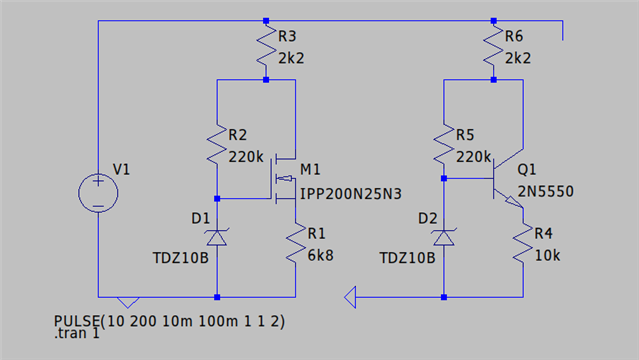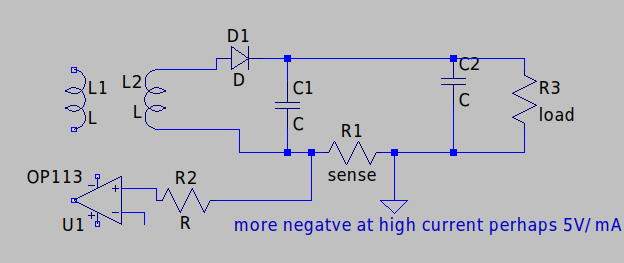I'm working on a high voltage supply (150V) based on a current mode boost converter, the supply only needs to output <1mA at peak load. I want the output of the supply to conform to IEC61010-1 to not be considered hazardous live as I don't want to need to build in any safeguards.
I believe to achieve this, the capacitance on the supply output needs to be under 300nF (Figure 3, 6.3.1.c.1), and the current must be limited to 2mA (6.3.1.b.1) under normal conditions. Under single fault conditions these limits rise.
The current must be kept under 2mA through a 2k resistor to ground, according to Figure A.2, which I believe comes from IEC 60990.
For the current to only be 2mA through a 2k resistor, the voltage of the supply would be pulled down to 4V. This is well under the 60V limit for DC voltages. Does this mean that the 2mA limit no longer applies here? Or because the inital voltage was over 60V, which would lead to a breakdown and allow current to start flowing, the maximum current allowed is 2mA irrespective of the final voltage?
Secondly, the capacitors on the output of the supply will discharge through the 2k resistor leading to an initial spike of current as they are pulled down to 4V. I can't see any way to avoid this, or any limitations placed on this within the standard. Is it only the steady state voltage/current that matters after the 2k probe is applied?
Thanks!
 ]
]